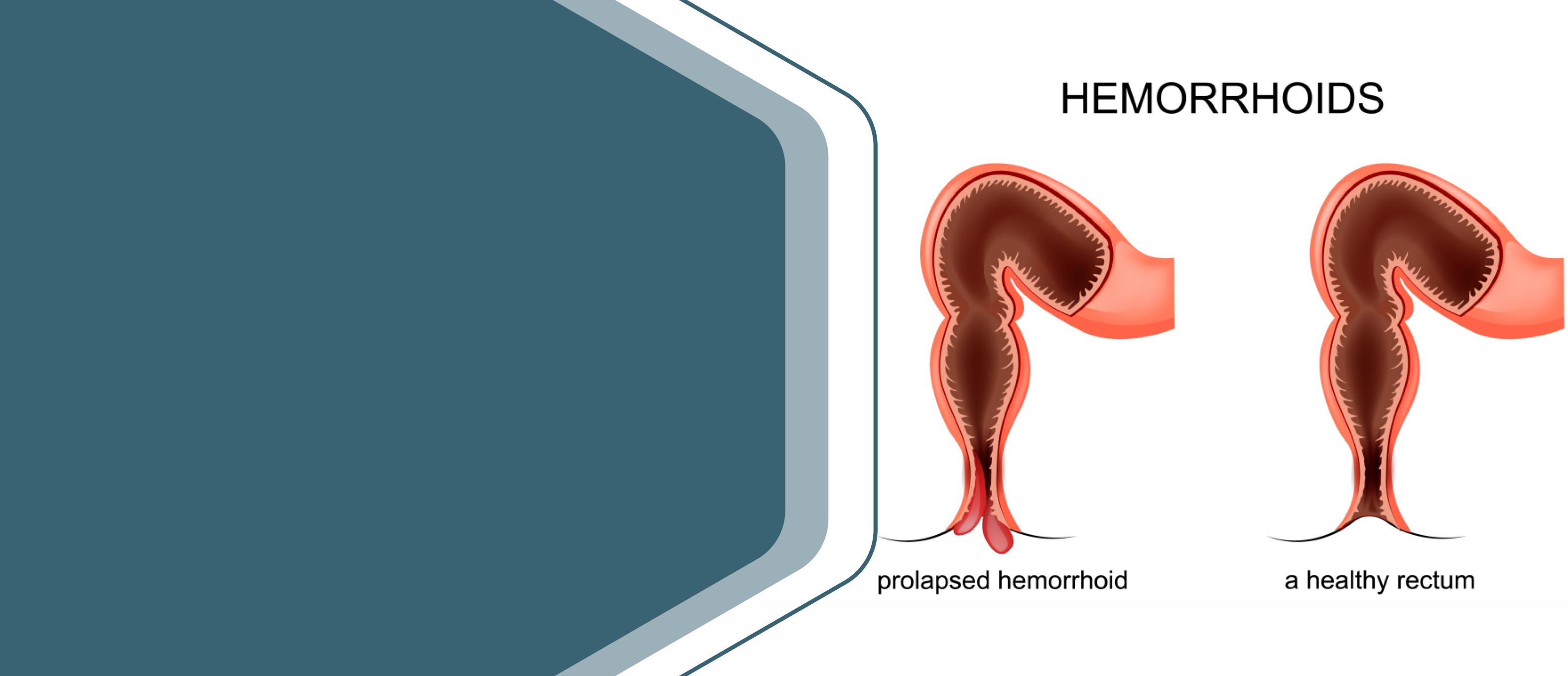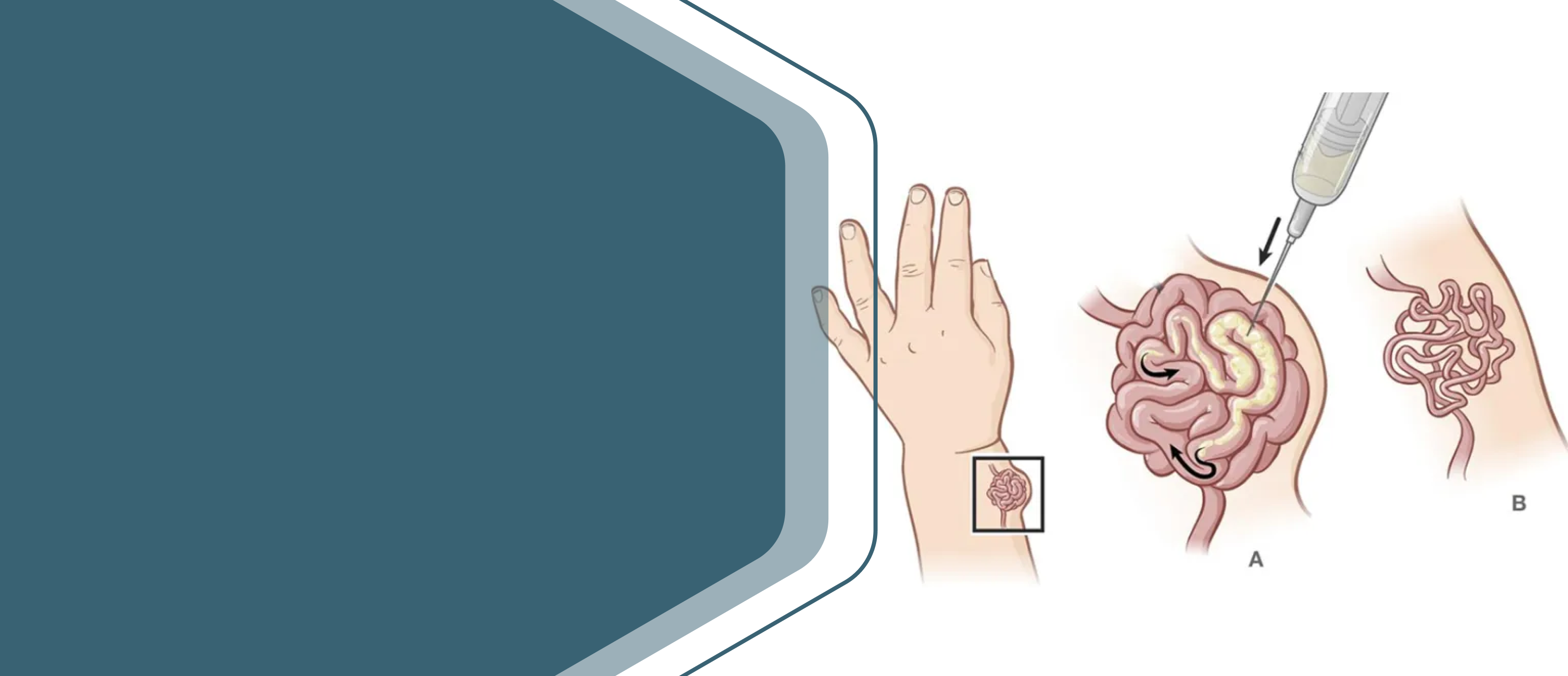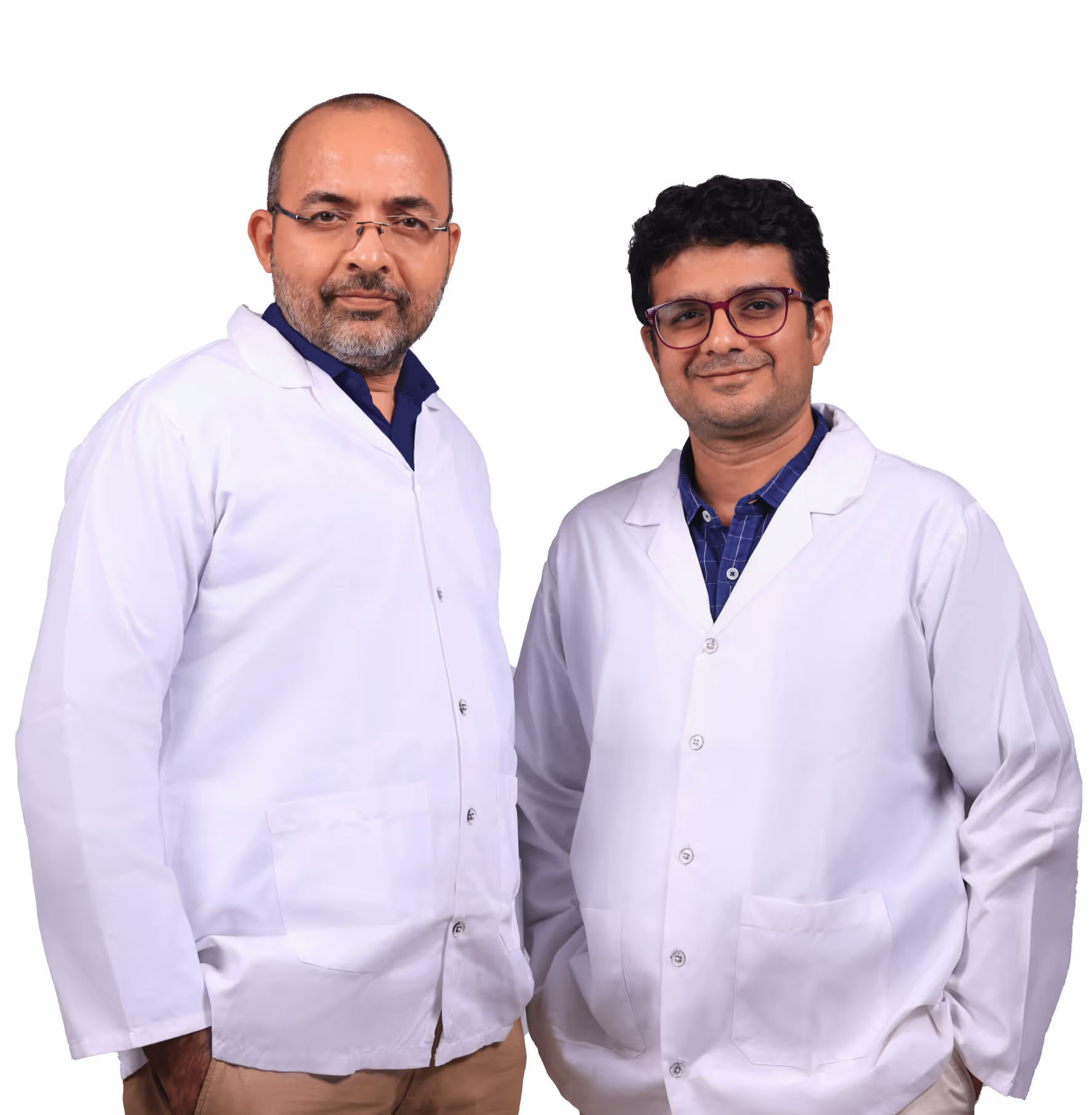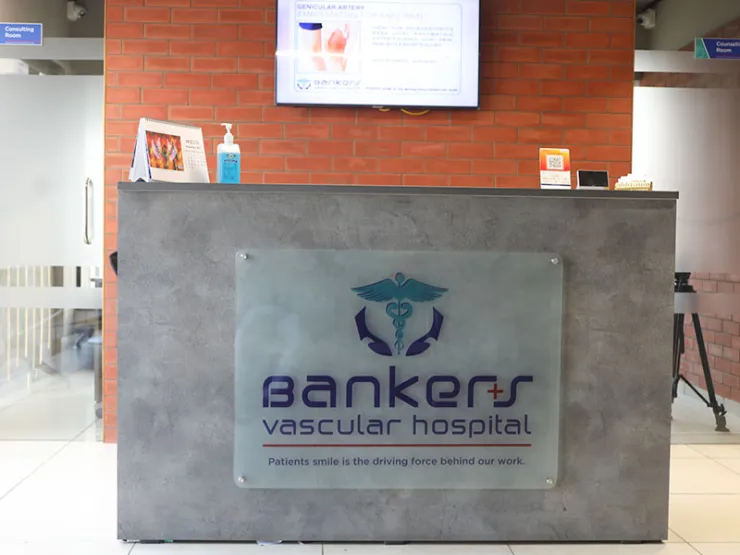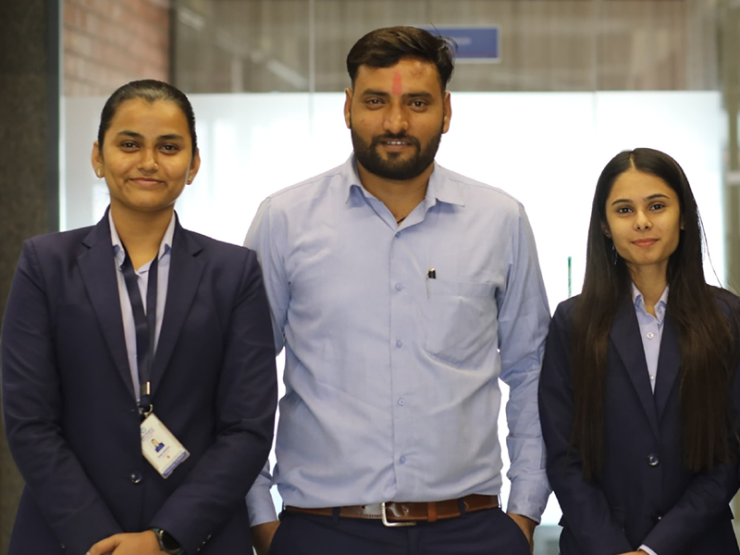Treatment Brief
What is Endovenous Laser Treatment ?
Endovenous Laser Therapy, or EVLT surgery, is a modern, minimally invasive treatment for varicose veins. In the EVLT procedure, a laser fiber is inserted into the affected vein, where it delivers heat to close off the vein. This helps blood flow through healthier veins, improving circulation and reducing the discomfort and visible look of varicose veins.
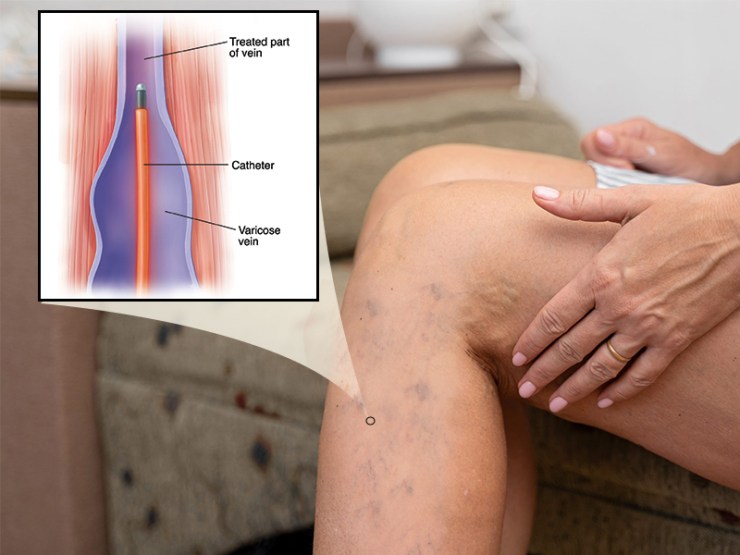
Why is Endovenous Laser Treatment done?
The goals of Endovenous Laser Treatment are to:
- Stop or reduce pain.
- Improve function.
- Reduce the number of pain medications taken.
- Avoid or delay surgery.
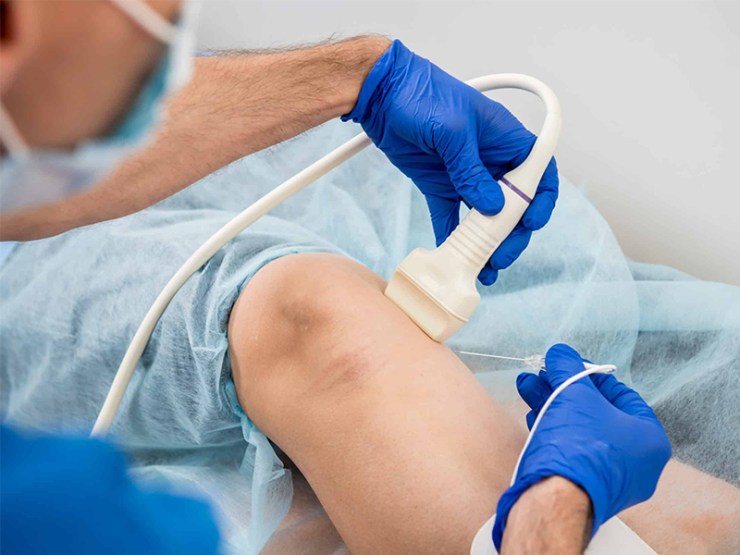
How does Endovenous Laser Treatment work?
Endovenous Laser Treatment uses heat produced from lasert to target diseased tissue. When laser is applied to vein the varicocity get eliminated by heat & symptoms get relieved.
Who is a candidate for Endovenous laser treatment(EVLT)?
Endovenous laser treatment may be right for you if have:
- Bulging veins that cause severe symptoms
- frequent swelling and ulcer
You may not be a candidate for Endovenous laser treatment if you:
- Are pregnant
- Have an infection
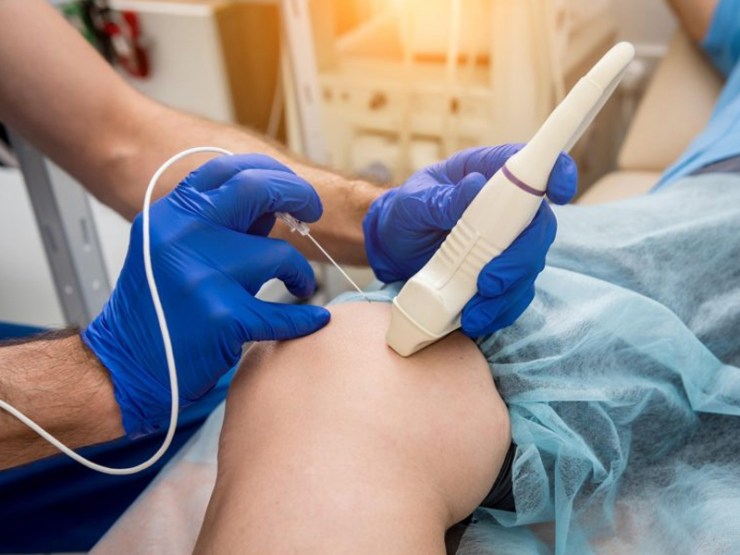
Flow

Advantage
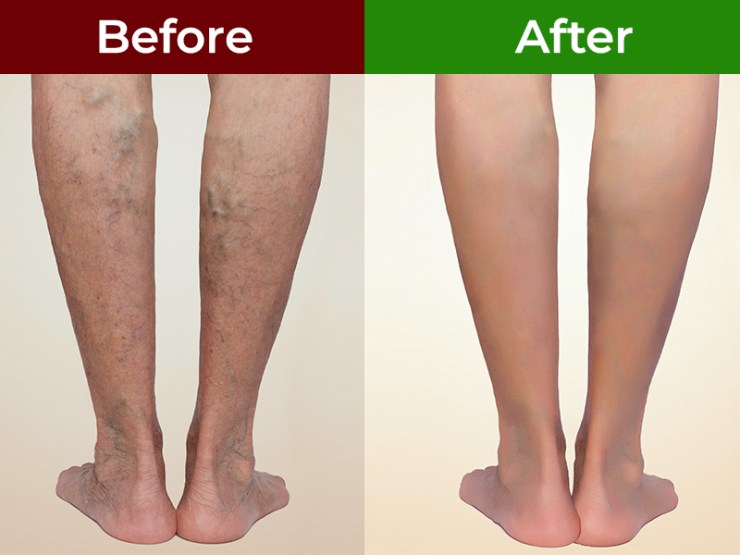
What are the advantages of Endovenous laser treatment?
Advantages of Endovenous laser treatment include:
- Pain relief
- No surgery
- Little to no recovery time
- Decreased need for pain medications
- Improved function
- Return to regular activities after a day or two of rest
Interview








